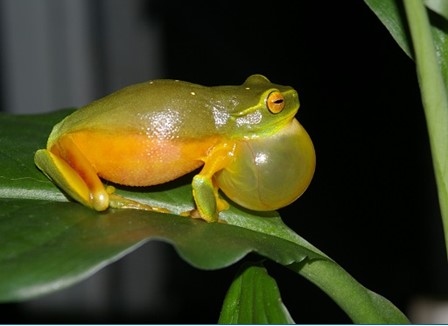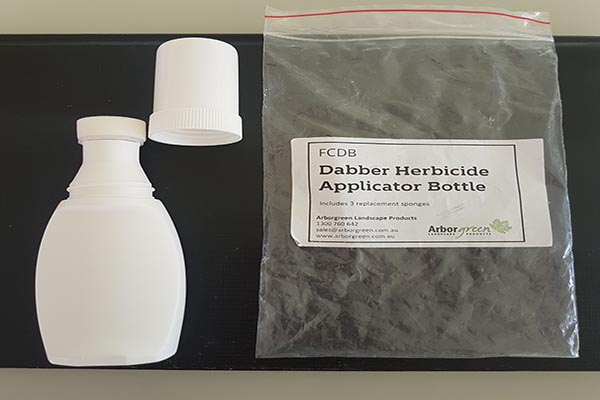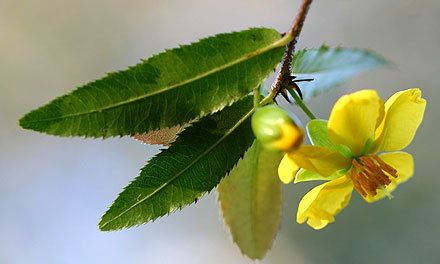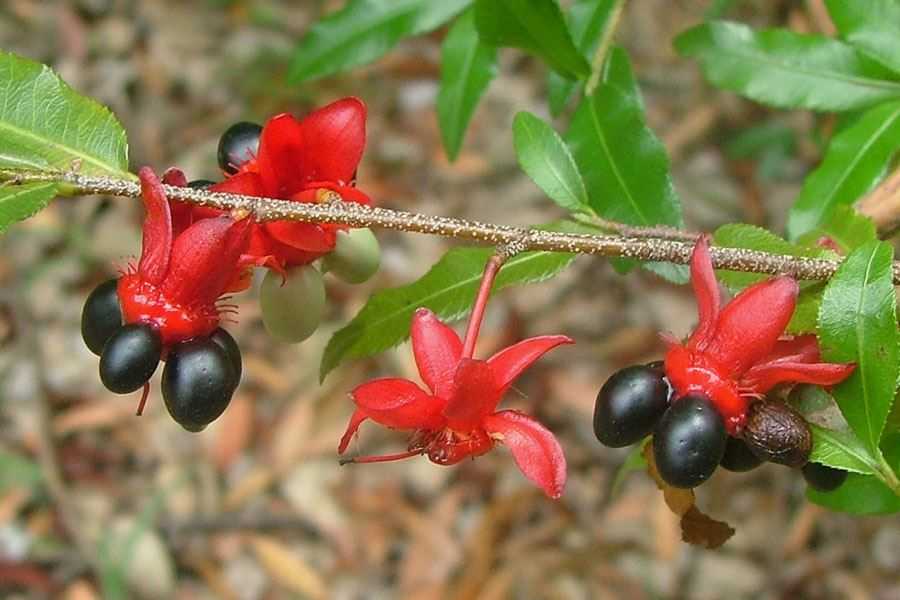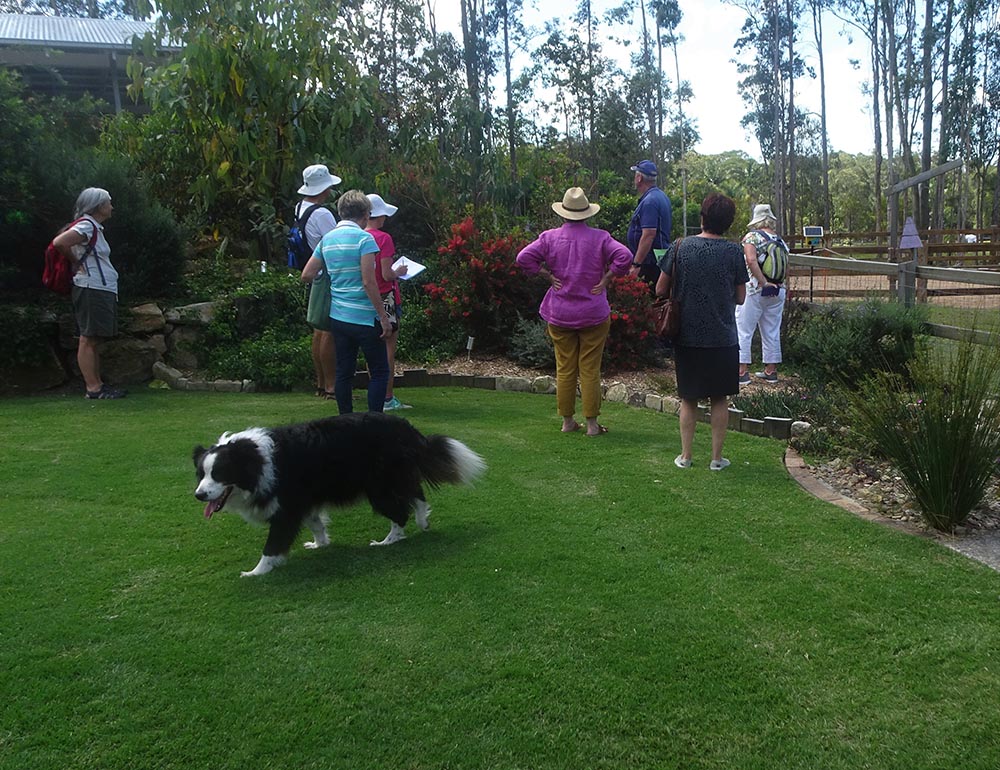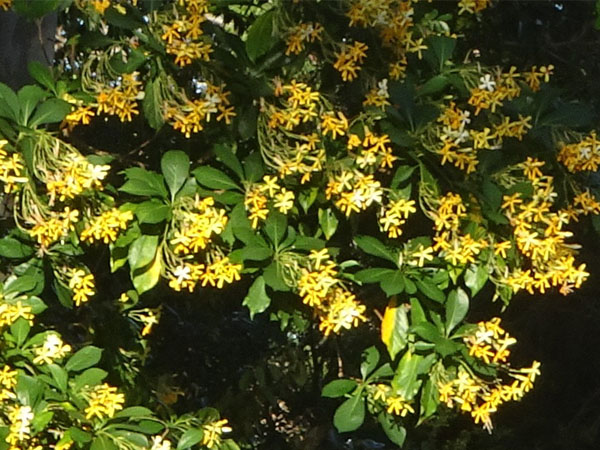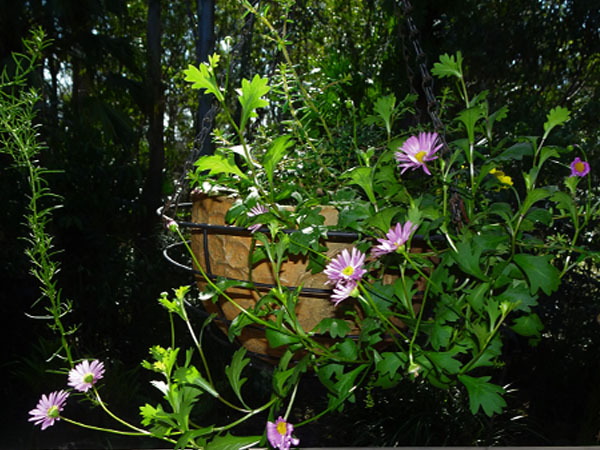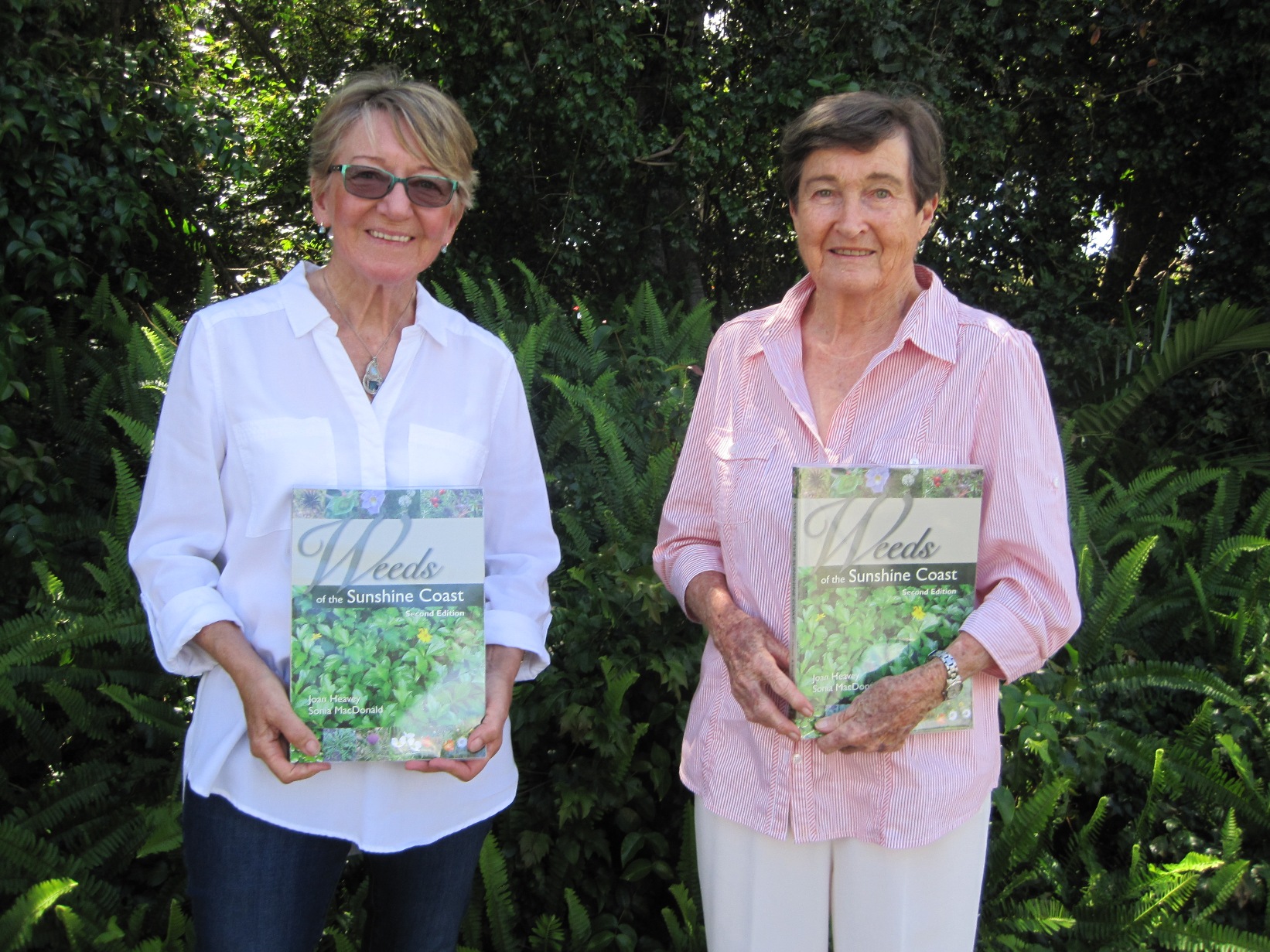Attracting frogs to your backyard
Attracting frogs into your backyard is not difficult. If you create the right conditions and habitat the frogs will find their way. You may even have resident frogs already. The presence of frogs is a good indicator of the overall health of an ecosystem. By creating suitable habitats and refuges for frogs in our own backyards we can help their survival in challenging urban environments. Click through for more tips and tricks to attract frogs into your garden.



